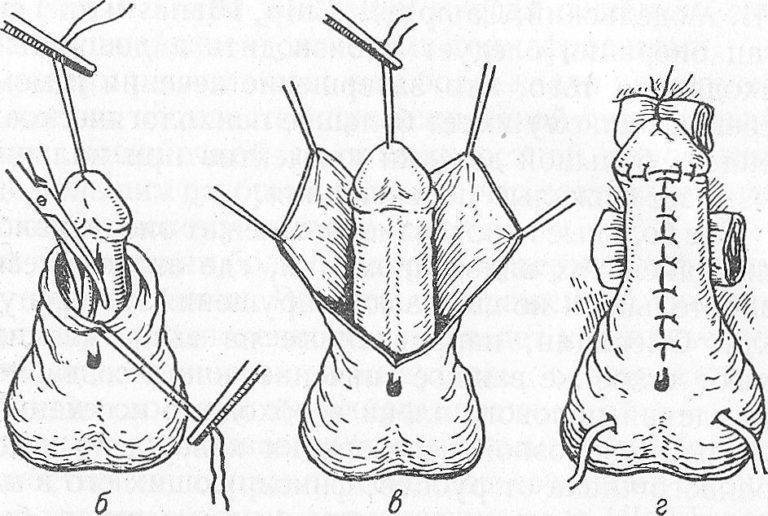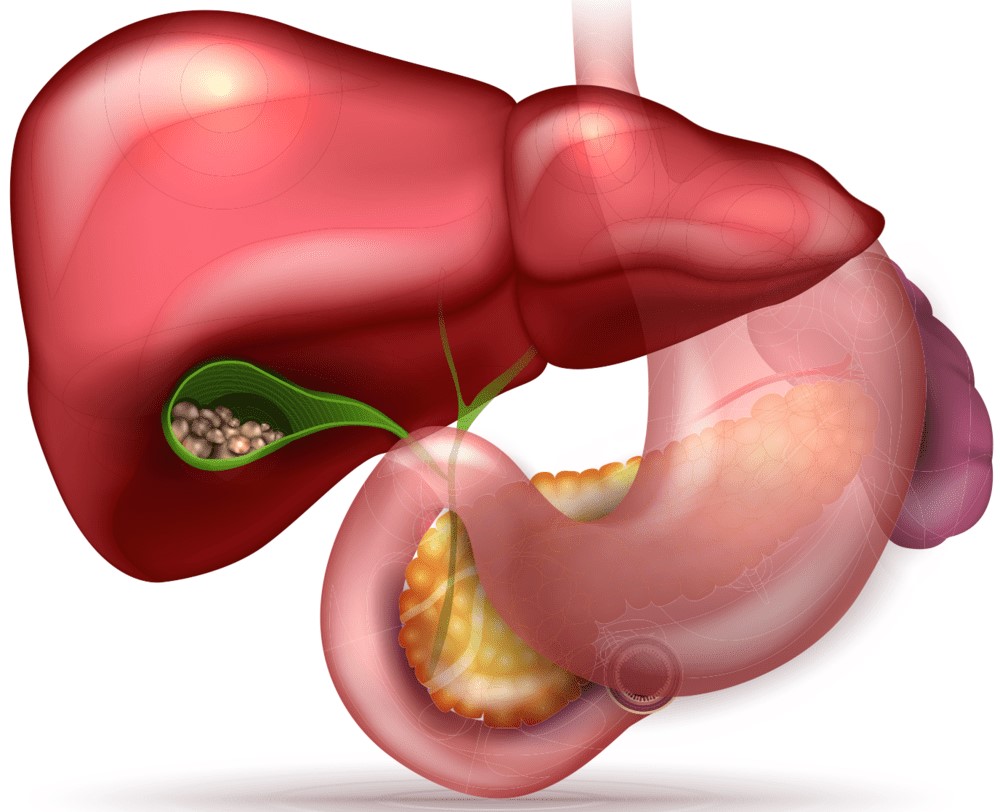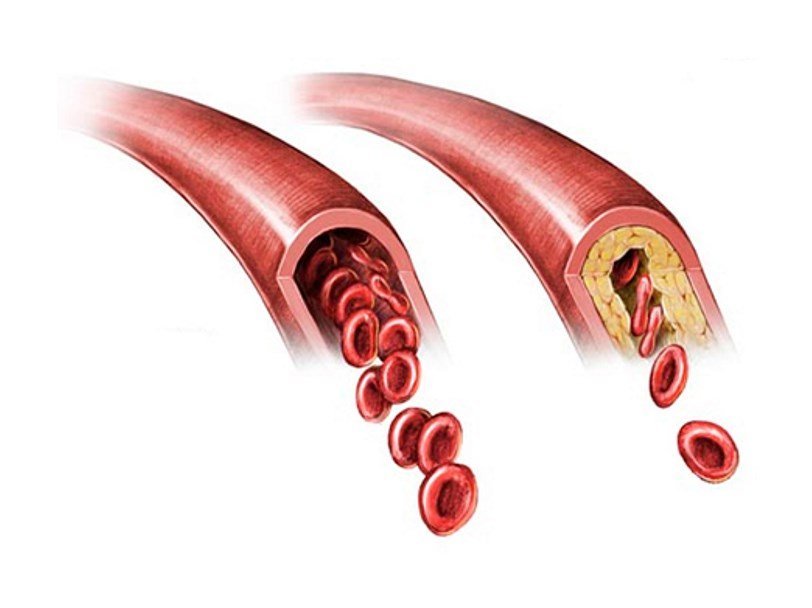In order to understand what we are talking about, before starting a story about the disease itself, it is necessary to determine the anatomical features and terminology.
The foreskin (or prepuce) in men is skin folds that partially or completely cover the glans penis. As a rule, with an erection, it moves behind the head and collects at its base. Often, when the foreskin is narrowed in an erect state, an infringement of the glans penis (paraphimosis) can occur.

Bridle. The foreskin has a frenulum, a fold of skin that connects the foreskin to the glans penis. The bridle can be of different lengths and if it is not long enough, the man may experience discomfort during intercourse, such as burning, pain and cracks in the bridle. In some cases, it is possible to undercut the damaged bridle (short bridle).
Allocations. On the inner surface of the foreskin are modified sebaceous glands that secrete a special secret called smegma, which moisturizes the glans penis. In cases of accumulation of smegma and the inability to remove it naturally and in the process of performing hygiene procedures, inflammation may occur.
So now that we have figured out the concepts, let’s discuss the details.
WHAT IS PHIMOSIS?
Phimosis is a condition of the foreskin in which the head of the penis cannot be completely exposed. Phimosis can occur from the moment of birth (congenital) or form over time under the influence of various factors (acquired).
If we touch on the problem of phimosis in young children, then we consider it as physiological, due to the fact that children are born with a narrow opening of the preputial sac and, in addition, children always have epithelial adhesions between the head and the inner layer, called synechiae.
TYPES OF PHIMOSA
The following forms of phimosis are distinguished:
Atrophic form (the foreskin narrows and becomes thinner, tightly fitting the head of the penis, and when you try to open it or with an erection, the head is pinched and pain occurs);
Hypertrophic form (the foreskin is elongated, and its end hangs down in the form of a proboscis).
PRE-LOCAL FACTORS
The most common reasons contributing to the development of phimosis:
non-observance of personal hygiene leads to urinary retention in the folds of the foreskin, which contributes to the onset of inflammation with ulceration and scarring;
a soft chancre located on the inner leaflet or at the edges of the opening of the foreskin leads to scarring and cicatricial contraction;
inflammatory diseases such as balanitis and balanoposthitis are a predisposing moment for the development of narrowing of the foreskin.
In some cases, even minor difficulties in opening the glans penis, which very often patients simply do not pay attention to, can lead to microcracks in the skin of the foreskin, which further scar and thereby further narrow the ring of the foreskin.
COMPLICATIONS OF PHIMOSIS
difficulty urinating;
reflex urinary retention (with a narrow opening of the foreskin and with the addition of inflammatory conditions);
psychological or mechanical infertility in men;
negative impact on sperm quality;
infectious and inflammatory processes affecting the head, foreskin and urinary system as a whole;
easy accession of latent infections (STIs) and difficulties in the treatment of such conditions;
an adverse effect on the health of a woman (violation of the natural environment of the vagina and, as a consequence, dysbacteriosis and candidiasis of the vagina, the addition of inflammatory diseases).
COMPLAINTS
The most common complaints from patients:
difficulty opening the glans penis or the inability to open the glans during erection (in an excited state);
discomfort or pain in an agitated state with an open glans penis;
when excited with an open head of the penis, unpleasant, painful sensations and a feeling of compression of the head by the skin of the foreskin appear;
in an excited state, a ring is formed, which squeezes the head of the penis;
in an excited state, the glans penis remains closed;
discomfort or pain during intercourse, in some cases with edging from tears in the skin of the foreskin;
low sensitivity of the penis, up to the impossibility of reaching orgasm with phimosis.
TYPES OF TREATMENT OF PHIMOSIS
Treatment of phimosis can be divided into the following types:
surgical treatment (circumcision or circumcision surgery);
conservative
Nowadays, you can often find recommendations on the use of alternative methods of treating phimosis https://en.wikipedia.org/wiki/Phimosis, which include the use of corticosteroid drugs, both individually and in conjunction with stretching the foreskin (including a special tool), baths with various herbs. These methods of conservative therapy are more often used in children as the first stage in the treatment of this pathology.
The approach to treatment should be individualized and chosen by your attending physician, because what helped your friend can only worsen the situation.
Be healthy!


